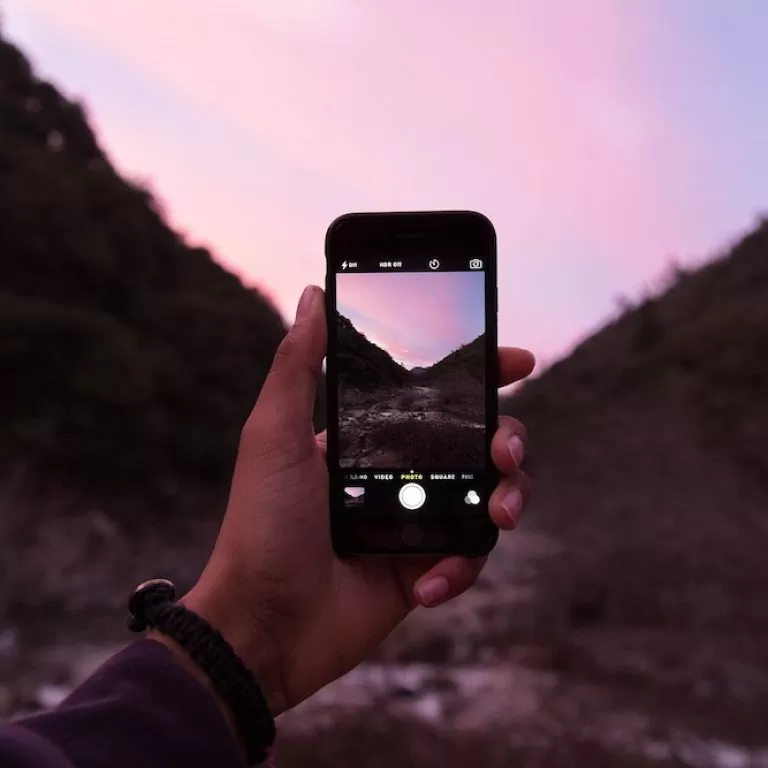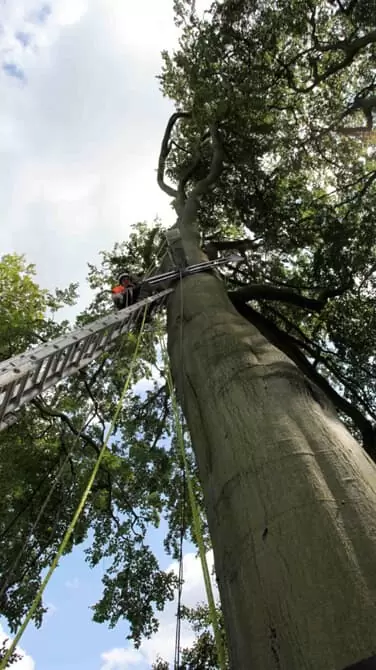
News A better relationship for photography & the natural world?
“[O]ur use of platforms such as Instagram is […] changing our relationship to nature” says Ellen Marie Saethre-McGuirk, Associate Professor at Nord University.
We are in the age of Instagram, which has cultivated a “pics or didn’t happen” mantra to life. Smartphones are ubiquitous devices and have become essential to the way we live our day-to-day lives. It is largely because of the smartphone that taking photos has become more of a necessity than a hobby.
As Dr Saethre-McGuirk argues, “Instagram is not only changing our relationship to nature (some people have even died taking selfies in perilous places), it is also changing how we frame and experience nature.
“[…] [w]hen we share landscape photos on Instagram, we often seek to show the beautiful, the staged, or the perfectly composed. We applaud these images, through liking and sharing them.
“And conceivably, we increasingly picture nature as a similarly idealised aesthetic experience. We end up with very little visual diversity in how we present – and choose to experience – nature.”
This kind of activity has had a negative impact on certain environments worldwide, with photographers putting themselves in danger in order to get an Instagram-worthy photograph. Landscapes are also coming under intense strain from larger influxes of people flocking to discover sites that they have seen on Instagram.
Indeed, reducing these in all their grandeur to just hashtags encourages a rather limited experience of nature, as Saethre-McGuirk’s research shows.
More hopeful pictures
The kind of nature tourism that sees larger capacities of people in particular areas is also having a fundamental impact on the native wildlife, with certain animals becoming disturbed by tourists and deforestation.
From another point of view, however, nature tourism is also a primary source of income for entire communities and countries.
“Consequently,” as Francesca Mancini argues, “we need to find ways to manage these activities so that the targeted wildlife can continue to thrive and the businesses that depend on it can remain economically viable.”
Social media photography is actually being used to help with this environmental work.
As part of Mancini’s research, location data associated with nature photographs on popular image hosting site, Flickr, was used to map the homes of large numbers of animals across Scotland, and thus the influx of tourists who came to theses areas to view – and photograph – them.
This data is incredibly valuable as it allows environmentalists and conservationists to pinpoint the sites that need to be monitored so as to avoid impacts on wildlife and intervene when necessary. As Mancini concludes, the power of social media is being harnessed positively here in order to design more effective management strategies that will hopefully lead to a more sustainable nature tourism.
Elsewhere, social media is also being used to inform heritage tourism. Curious Travellers is a collaborative research project which aims to record archaeological & heritage sites and at-risk monuments in 3D digital form as a method of historical preservation.
The project relies on public-donated photographs and videos, as well as content taken from travel blogs, the wider web and social media. Images are then combined in order to recreate 3D models of the sites pictured, which are placed in context using site and landscape data.
It is hoped that this project and others like it will do more than simply preserve tourist sights for those who have not seen them in reality.
As Dr Andrew Wilson notes: “Cultural heritage plays a key part in the quality of our lives, building our sense of identity, proving a rallying point around which we build social cohesion and pride in a shared heritage.

Above: installing our camera system high in the treetops at Bowcliffe Hall, West Yorkshire.
“Many sites also provide leisure opportunities, particularly for families, and provide an economic boost from tourism that can be particularly important for developing nations.”
In this sense, then, taking photographs of the natural world and sharing them on social media cannot simply be branded as detrimental.
Working outdoors, safely
Our own work as professional time-lapse photography & media specialists takes us to many outdoor sites, sometimes in rather remote locations.
Installation of camera systems can therefore be challenging, particularly when acquiring a suitable fixing position to capture from (preferably looking down over the subject).
When working in ancient woodland to photograph the construction of a conference facility at Bowcliffe Hall, West Yorkshire, our engineers had to install our camera system to a tree.
Ropes and pulleys were used to manoeuvre the camera into its position in the treetops and was rigged by means of specialist brackets which secured the camera apparatus into place whilst protecting the host tree.
This is one example of the many unique challenges we often face when delivering time-lapse & video solutions. But by thinking creatively and being mindful of our natural surroundings, we are able to design safe & effective installation methods.
The impact that social media has on our wanderlust, particularly in our attempts to share & shape our experience using photography, cannot be denied. And, as a result, can cause significant problems.
But as we have signalled to, here, through fields of environmentalism, research, & media, or through the practice of both amateur & professional photographers, there is a more hopeful picture of a harmonious relationship between photography and the natural world.